Referring to nearly 30 villas and houses built without permits and without permits in Thao Dien ward recently announced by the Inspectorate of Thu Duc City (HCMC), in an exchange with Dan Tri reporter, an expert in the field of urban planning of the city (requesting anonymity) gave an analysis of the cause leading to this incident.
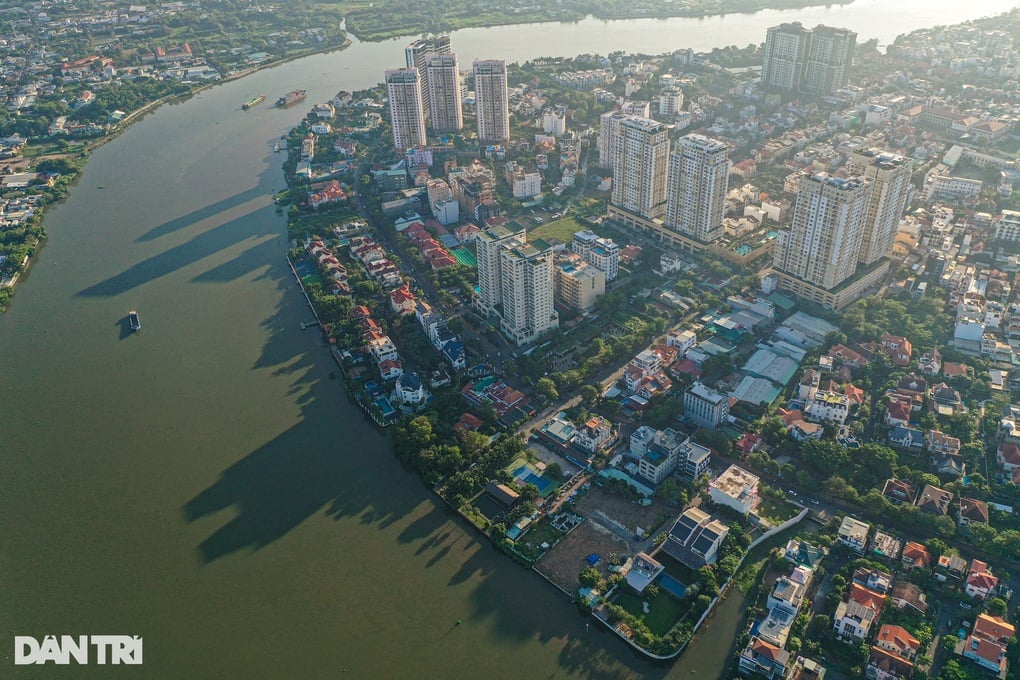
The Thu Duc City inspection team discovered 11 illegal construction projects, mainly villas and houses in Thao Dien ward (Photo: Hai Long).
Regulatory cover-up?
According to experts, the responsibility for managing the construction of the above projects belongs to the City Department of Construction and the Urban Management Department of the localities, usually with 2-3 levels of management related to the construction sector.
"It's hard for management agencies to not know the situation of construction projects in their locality. They know about normal houses that need to have their walls broken down for repairs, not to mention large projects like villa swimming pools.
For most projects that do not affect people's lives too much, or where project planning is not urgent, there is often a situation of "ignorance" by the management agency," he affirmed.
Experts see two types of "ignorance".
Firstly, investors who want the construction project to be exploited and put into operation to bring efficiency to themselves or to the community will have actions to "ask" the management agency to create flexible conditions and concessions. For example, let them build first and then supplement the related paperwork later.
However, the second type of "ignorance" is to cover up the bad. The management agency allows the investor to build the wrong project to achieve personal goals, gain illegal profits, showing a lack of responsibility...
Violations will be detected sooner or later depending on the level of violation, the impact and consequences of these acts of neglect.
The "ignorance" of the management agency is related to the "recklessness" of the people (investors, businesses, individuals...) in constructing local works.
In this regard, the planning expert first mentioned: Why is Ho Chi Minh City always a hot spot for construction violations? According to the expert, Ho Chi Minh City is a densely populated city with a rapid urbanization rate, leading to a greater demand for construction (housing in general) than elsewhere, leading to increased land values.
There are many reasons why buildings that have not been granted a construction permit are still being built. One reason is that the construction permitting process in Ho Chi Minh City is strict and requires many procedures to be approved.
At this time, landowners or investors who have difficult procedures have "taken risks" by spending money to get the management agency to create favorable conditions or arbitrarily build in advance to operate.
According to experts, planning for new residential land and mixed land are two types of land that are similar to residential land, but are not for single-family homes, but must be planned with infrastructure (roads, parks, etc.), so there are often cumbersome procedures and many approval steps before they can be used.
Meanwhile, according to the law, people who want to build any project must do so in accordance with the planning. For example, existing residential land, land that has been approved or is still land that has not changed its purpose of use, land that has been stuck in planning for too long.
Due to the long waiting time and many licensing procedures, people often get impatient and "take risks" by building early.
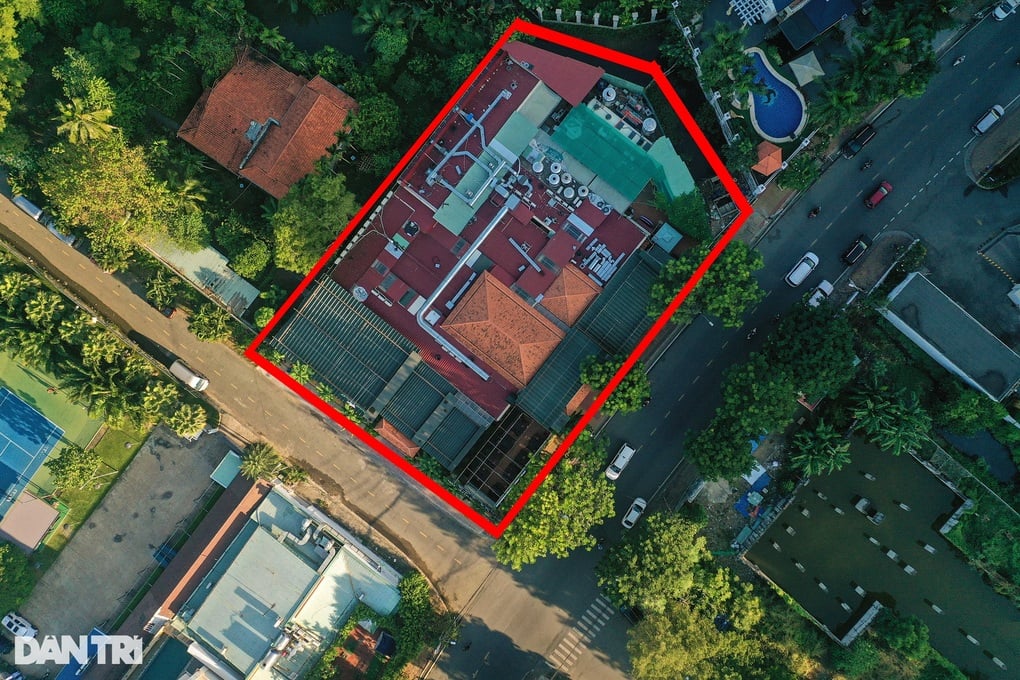
The restaurant area in Thao Dien ward has illegal construction of brick walls, iron columns, purlins, corrugated iron roofs, and tiled roofs (Photo: Hai Long).
Limitations of the past
"The prominent problem of Thao Dien area is the road along the Saigon River - a consequence of the past," said the planning expert.
This person said that about 20-30 years ago, the concept of riverside roads (including a riverside land fund to serve the community) did not receive much attention from the city government.
Thao Dien area at that time became an attractive oasis for the rich, the wealthy, and foreigners. They asked the government to allow them to build a 1/100 scale villa project there, and they were naturally given the entire land adjacent to the riverbank.
Meanwhile, in terms of planning, if the city has a better vision, it needs to retain riverside land to later build coastal roads and constructions along those roads to serve the community.
However, experts also acknowledge that for more than 10 years now, Ho Chi Minh City has been paying attention to this issue, and is trying to persuade, encourage, and require investors to cut boundaries and hand over land to build riverside roads.
Thao Dien is famous for its villas for rent and many foreigners live there. It has favorable natural conditions in terms of water, prime location near the city center, beautiful scenery, and cool air.
"If planning to build villas here is allowed, it is completely suitable.
However, returning to the story of handling the illegal villas in Thao Dien, it is necessary to consider whether the construction part is in accordance with the planning, and whether the planning of that land has other uses such as green parks, traffic land...", the expert said.
In addition, in the last ten years, there have been apartment buildings "springing up" in the Thao Dien area. The local and city planning and construction management agencies need to rebalance social infrastructure (transportation, schools, hospitals, etc.) to ensure stable living conditions for the people.
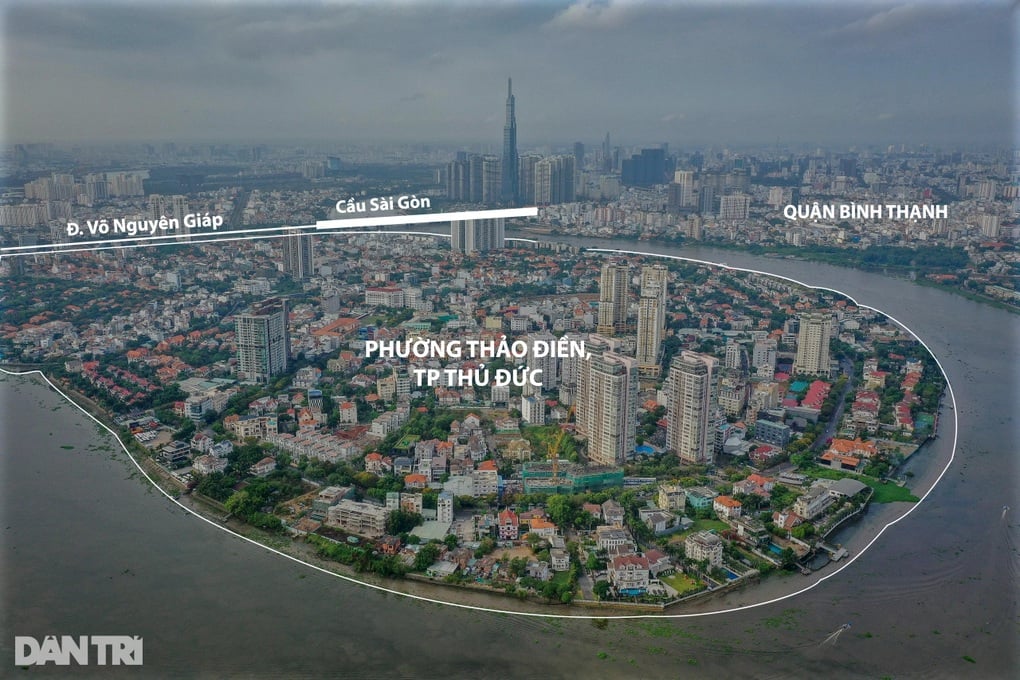
Thao Dien ward is a strip of land located along the Saigon River, along Vo Nguyen Giap Street or the old Hanoi Highway (Photo: Ip Thien - Graphics: Tam Linh).
Thao Dien Ward (formerly District 2, now Thu Duc City) has a total natural area of 375.8 hectares divided into 6 neighborhoods, including 61 residential groups, 11,278 households with nearly 30,000 people (including more than 23,000 Vietnamese and more than 6,000 foreigners living and working).
In the ward, there are many high-rise apartments, condominiums, luxury residential areas, and many housing projects for foreigners to rent.
Source


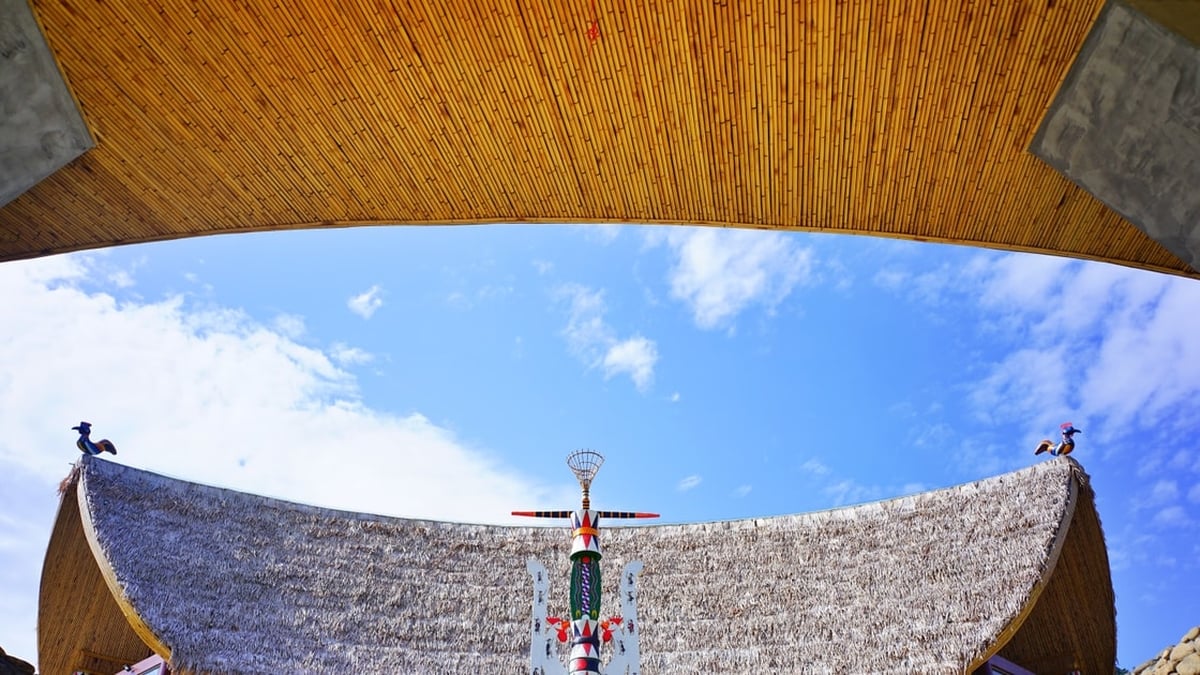
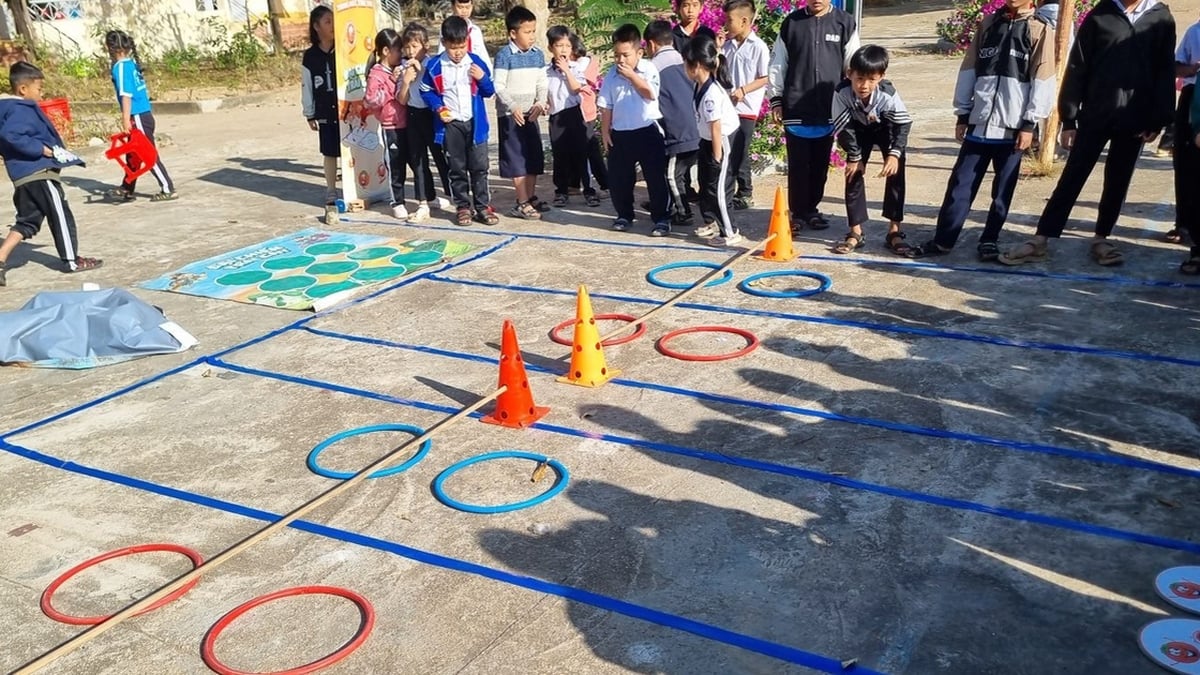




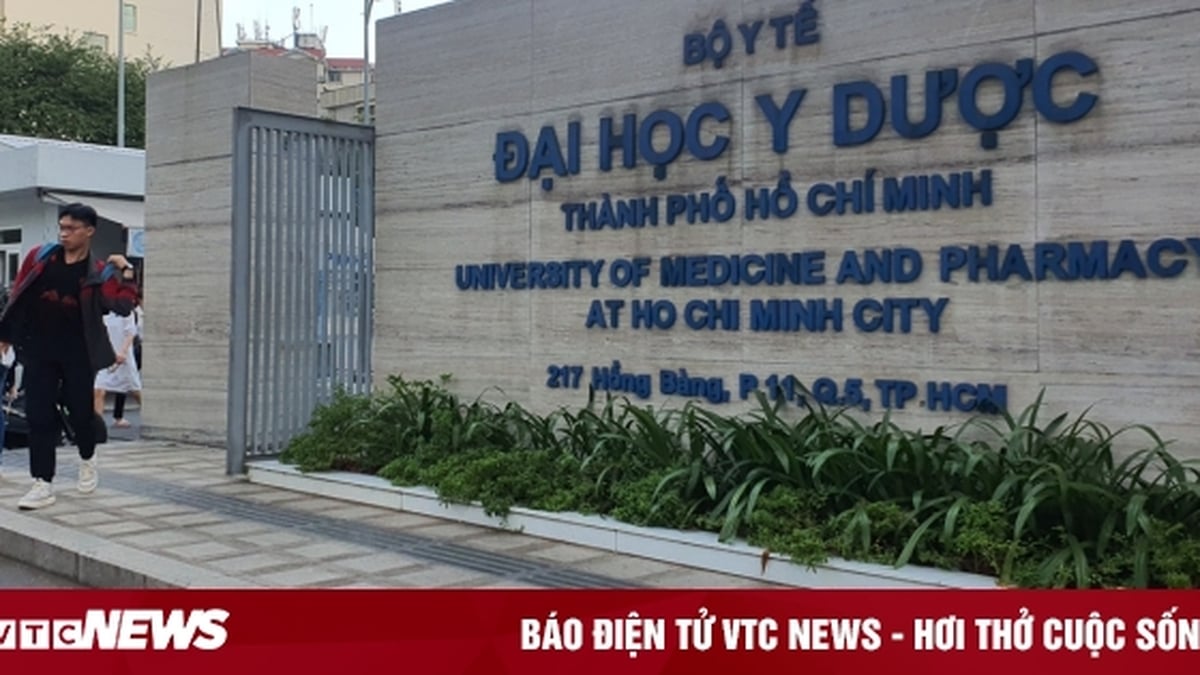
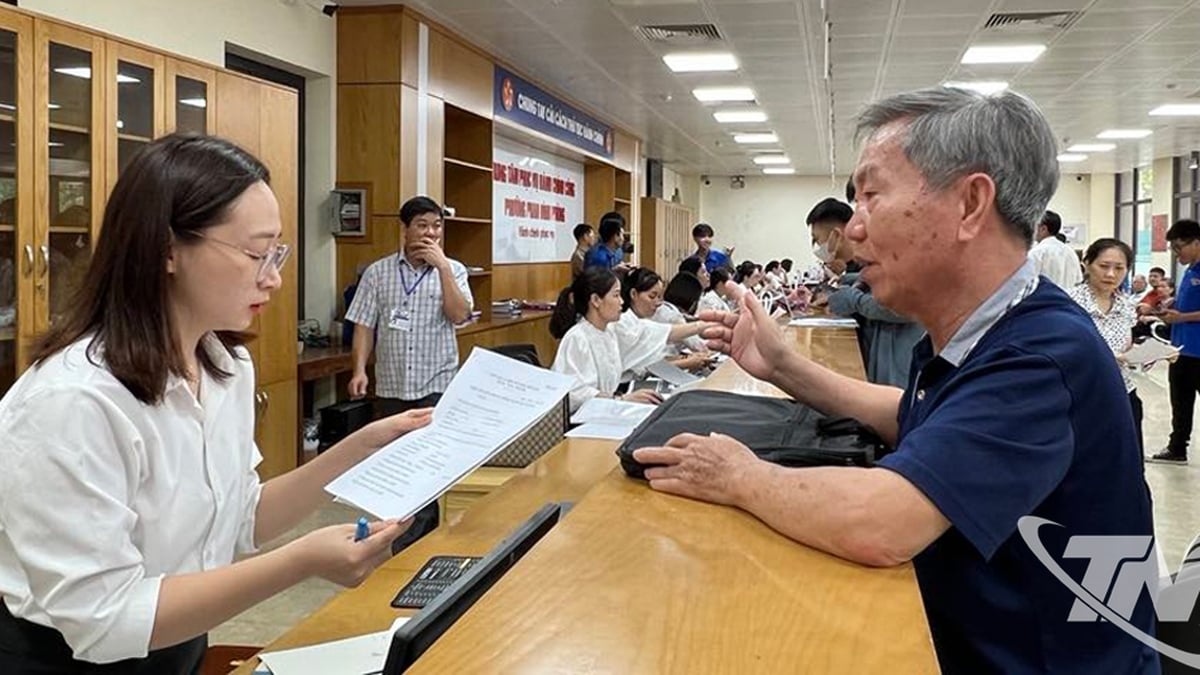

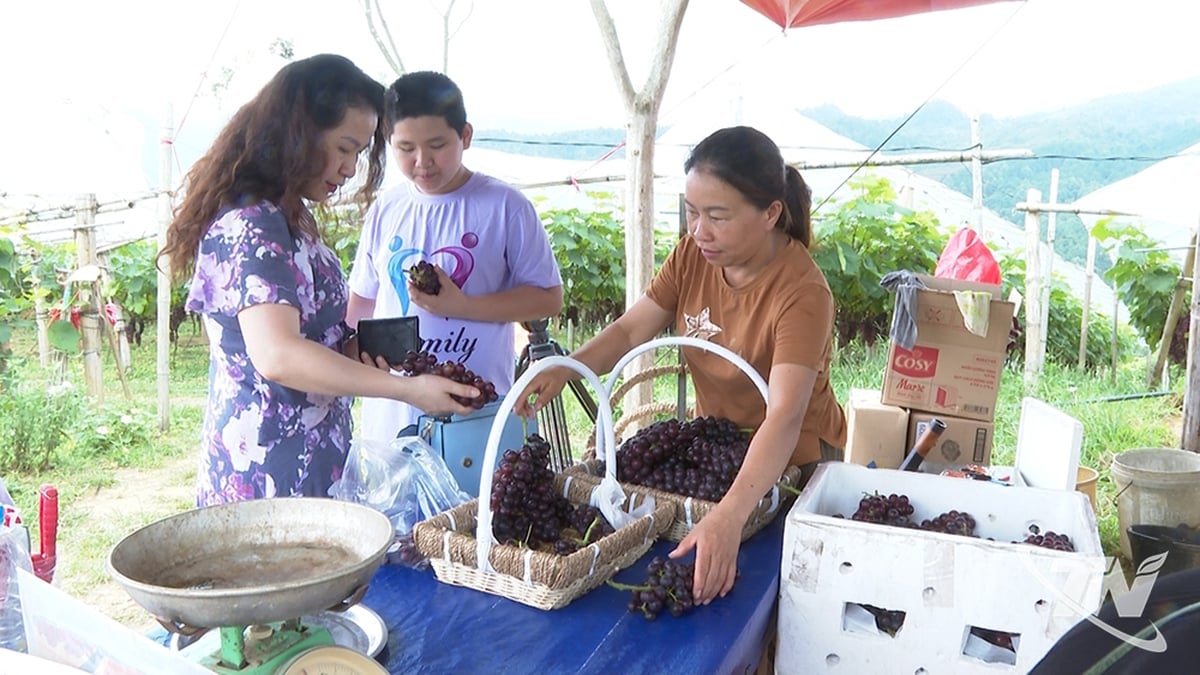

















































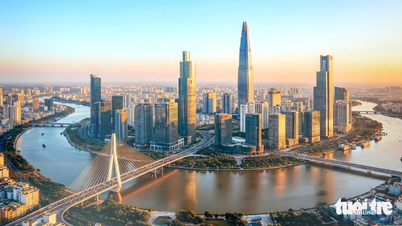

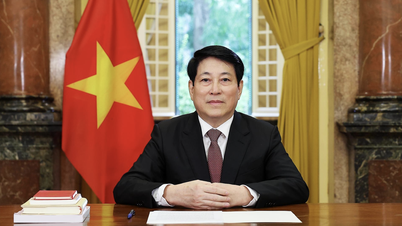

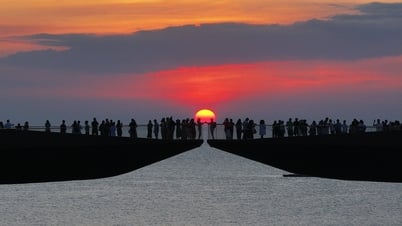

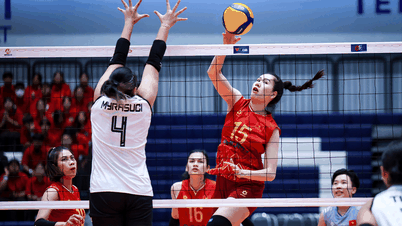
































Comment (0)